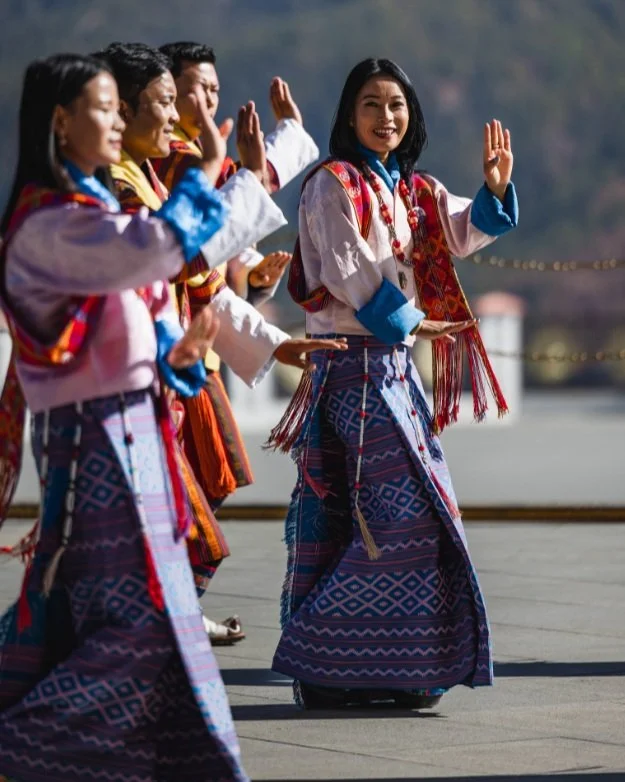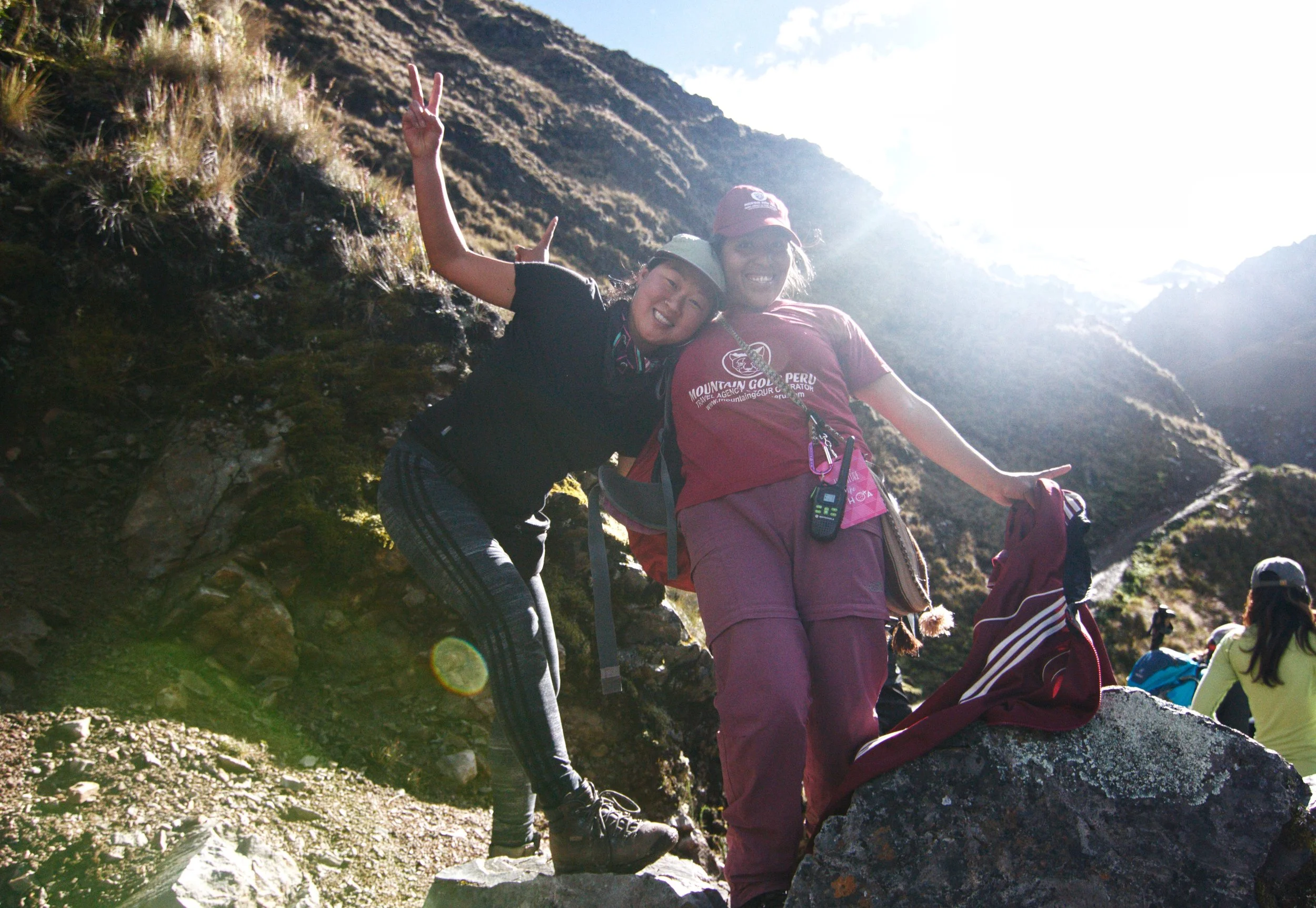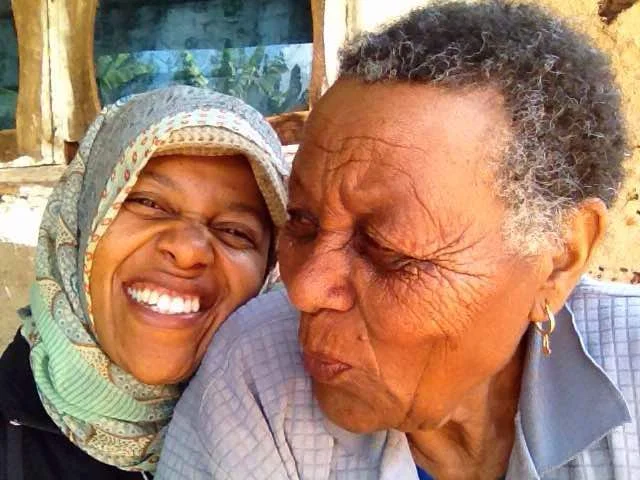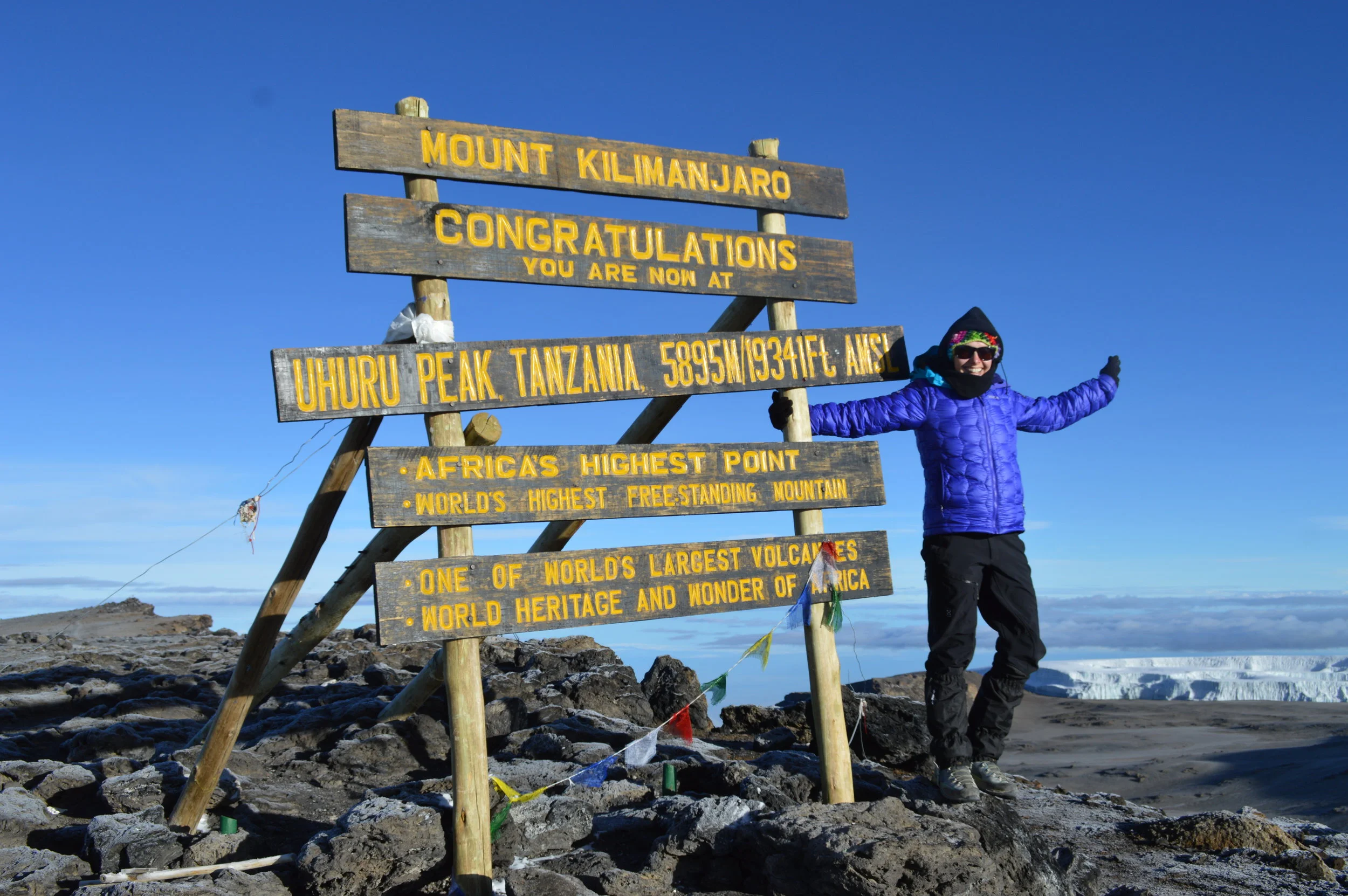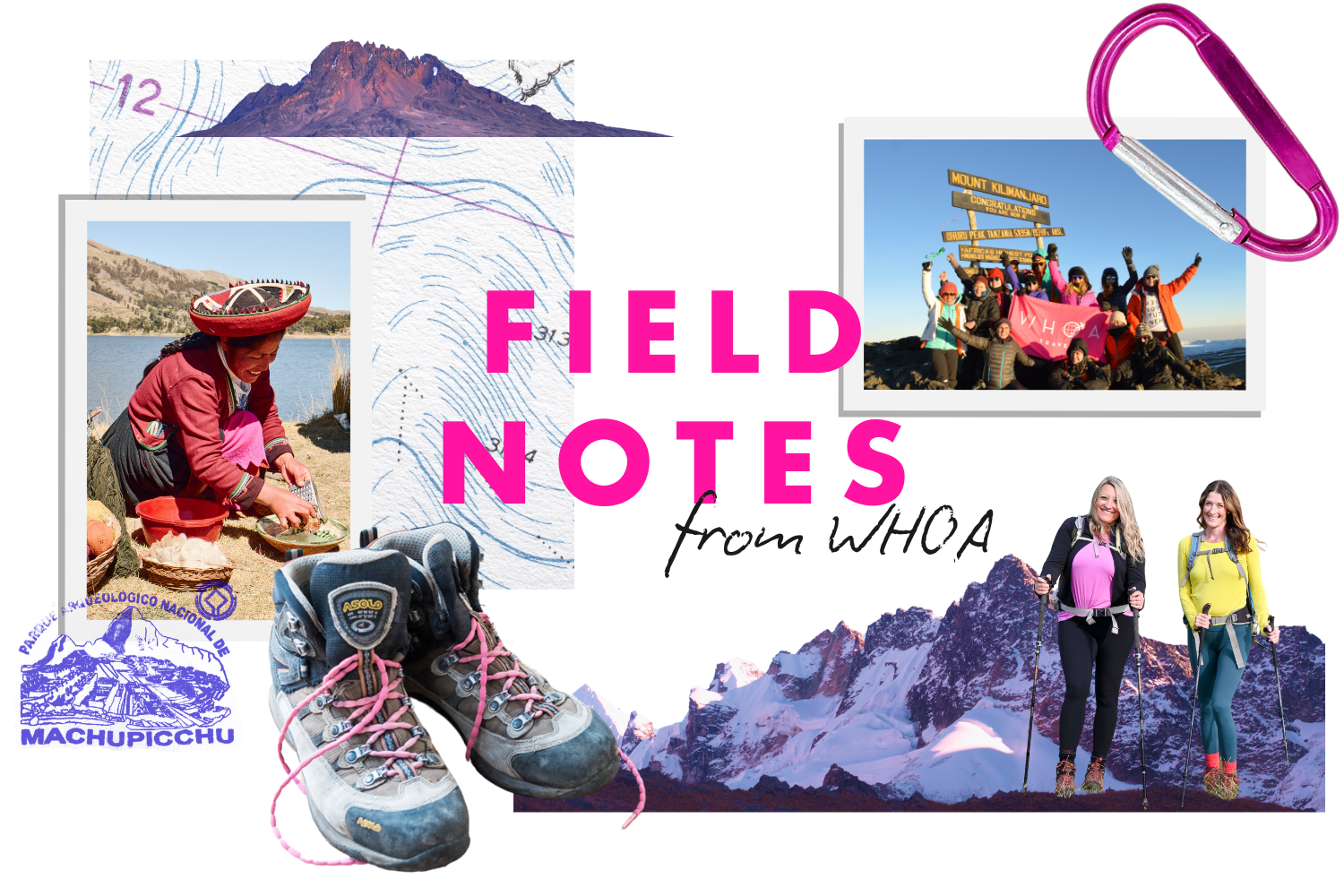
Welcome to the Field Notes Blog—a place for pro tips and real talk from the trail! Here you’ll find peak inspiration and deep reflections about adventures that stay with you long after they’re over, brought to you by the WHOA travel community of women with Kilimanjaro-sized dreams.
TOP POSTS
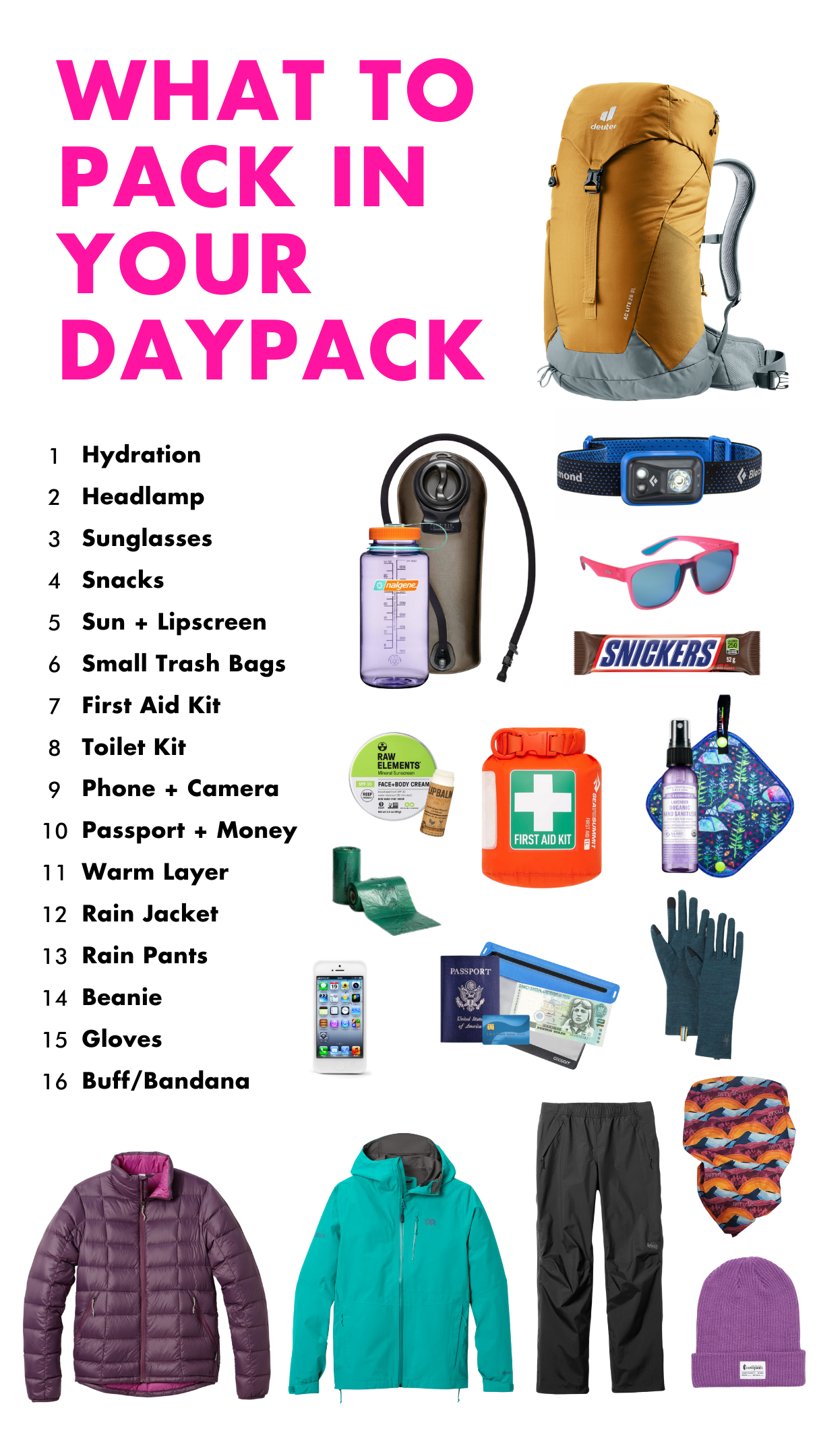
ALL THINGS KILIMANJARO
LATEST POSTS
At WHOA, we don’t believe in overpacking—but we definitely believe in being over-prepared. This guide is your no-BS checklist for what to have in your daypack everyday whether you’re on a day hike, training, or on a multi-day trek. Think: protection, safety, sustenance and sustainability!
You might be tempted to shove your bulky hiking boots into your checked luggage and opt for comfy slip-ons instead. But remember, lost luggage happens, and the last thing you want is to start your trek frantically hunting for new, non-broken in boots at your destination.
Looking for the perfect hiking boots for your next adventure? We’ve got you covered! From summiting Kilimanjaro to trekking the Tour du Mont Blanc, the right hiking boots can make or break your adventure. Our WHOA team has tested boots across all our trips in Iceland, Peru, Tanzania, and beyond. These are the tried-and-true favorites we trust to take us (and you!) confidently and comfortably on the trails.
It’s unfair to myself and to my family to suppress the parts of me that bring out the best version of who I am. I deserve to feel strong, to chase dreams, to have joy that exists outside of motherhood. And my kids deserve a mom who is whole, not one who has lost herself in the process of caring for everyone else. I want them to know that they push me to be a better version of myself and will never be the reason why I gave up on what I love in life. If anything, they are the reason that I will continue to push to find the right balance.
That moment was more than a personal victory—it was a turning point. It ignited something within us. It showed us what’s possible when women come together with intention, and it planted the seed that blossomed into WHOA. Since then, we’ve helped thousands of women push past their limits, connect meaningfully with the world, and look at travel as a way to support local communities in sustainable ways.
Ihave been thinking a lot about something that I believe doesn't get nearly enough airtime in outdoor adventure circles: the nitty gritty behind physical performance at high altitude. Which really covers everything from trekking to Machu Picchu and up Kilimanjaro to climbing on Aconcagua to learning how to swing ice tools on Mount Baker! After years of guiding and personal high-altitude pursuits, I'll say this much: there are 3 things I wish every climber and trekker knew before stepping above 14,000 ft.
Last year Unyoked and AllTrails conducted the first ever global nature study, and found that 2 nights in nature was 50% more powerful at improving wellbeing, than mindfulness and meditation techniques. Considering wellness is a $5.6 trillion industry, it's pretty amazing to think that it could really be as simple (and fun) as just stepping outside!
Some guests have even said they are more humbled after their Bhutan experience. Personally, I hope they take the very essence of the impermanence of life and to be good, kind, and compassionate. It's all that is ever important in the world.
Mongolia is one of those destinations where the lessons you take away will come from what you put in. If you learn how to keep the sand from knocking you down from your bike, you might find a totally new kind of freedom, racing through vast stretches of nothingness. If you push yourself up the seemingly impossible off-trail vertical incline, you might find yourself reenergized in a patch of snow that you couldn't even see from the bottom. If you help the neighbors herd their livestock, you might find yourself recharging with vodka and laughter at their house afterwards.
Gear up for a successful Kilimanjaro summit night with our comprehensive visual guide on what to wear and pack. Stay warm, safe, and comfortable with these expert tips!
Now, more than ever, it’s important to prioritize sustainability at the grassroots level. Here at WHOA, we remain committed to designing experiences that incorporate sustainability both in the details, and in our overall approach. (Sleeping under the stars beats 5 star hotels on so many levels!) Our sustainability impact report is a part of our commitment to be transparent, continually improve and reevaluate our initiatives, and to keep us on course in our goal of helping protect Mother Earth.
The truth of being adventurous is that you will encounter wetness at some point—whether it's rain, condensation, or a fellow adventurer’s leaky water bladder. That’s why stuff sacks and dry bags are your best friend! They come in all shapes and sizes and are a great SUSTAINABLE way to waterproof your gear (no single use plastic here)! A bag full of wet clothes can be a real trip-ruiner when you’re 4,000 m up a mountain. Keep dry, keep comfy!
In 2019 we started our sister non-profit, The Carabiner Collective, to support more people with access to the outdoors and remove barriers to entry in adventure travel. One of the ways we do this is through Trailblazer Awards, which celebrate people who are breaking stereotypes and leading by example in their communities, creating a ripple effect of change.
Whether the word “ultralight” isn't even on your radar, or you’ve completely Marie Kondo’ed your 60L, there’s always room to make your backpacking adventures even better. We asked our GALs, who have thousands upon thousands of adventure miles under their boots, to share their favorite pro tips that help make backpacking more fun and more manageable! Here’s what they said (#4 was unanimously at the top of everyone’s list)!
The best part about climbing Kilimanjaro with Nicole is that her love for this mountain is contagious - it’s her favorite place in the world and you can feel that on the trail. The second best part is her catch phrases, which are famous in world of WHOA and best delivered with her wit and in her special Nicole way! So here they are, the top 5 Nicoleisms for success on Kilimanjaro, direct from the source:


